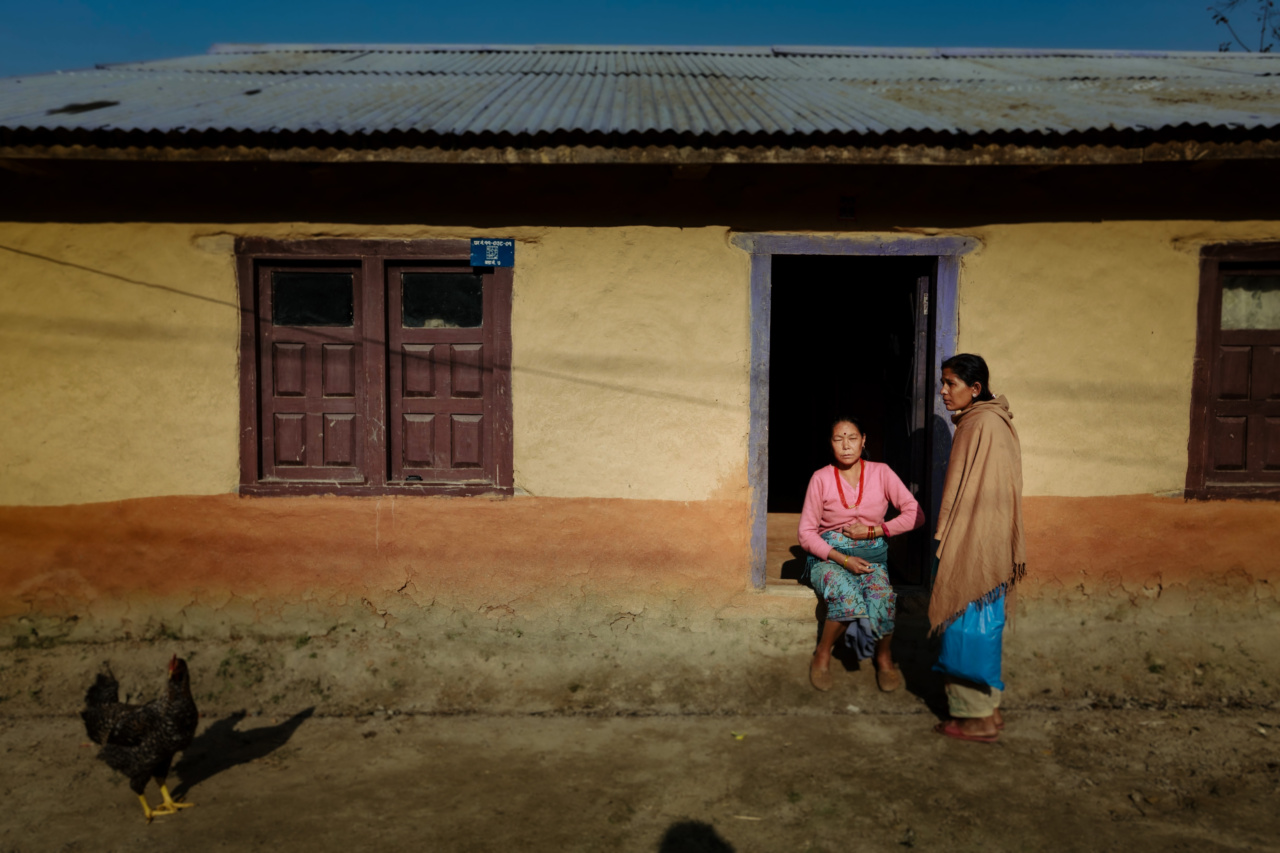Belly pain is a common complaint among children, and it can be caused by a variety of factors. It is essential for parents to understand the possible causes of their child’s discomfort to provide appropriate relief.
Here are some common causes of belly pain in children:.
Gastrointestinal Issues
One of the most common causes of belly pain in children is gastrointestinal issues. These can include indigestion, constipation, gas, or stomach infections. Gastrointestinal issues can cause discomfort and pain in the belly area.
Food Allergies or Intolerances
Food allergies or intolerances can also lead to belly pain in children. If your child has consumed something they are allergic to or intolerant of, it can cause abdominal pain, bloating, diarrhea, or vomiting.
Urinary Tract Infections (UTIs)
Urinary tract infections can occur in children and often cause belly pain. UTIs can lead to discomfort in the lower abdomen and can be accompanied by other symptoms such as frequent urination, pain or burning during urination, or fever.
Appendicitis
Although less common, appendicitis should be considered as a potential cause of belly pain. The appendix is a small organ located in the lower right abdomen. If it becomes inflamed or infected, it can cause severe pain in the belly.
Appendicitis requires immediate medical attention.
Stress or Anxiety
Emotional factors such as stress or anxiety can contribute to abdominal pain in children. Children may experience stomachaches due to school-related stress, family issues, or other emotional disturbances.
Identifying and addressing these underlying factors can help alleviate the pain.
How Can You Relieve Your Child’s Belly Pain?
When your child is experiencing belly pain, you likely want to provide quick relief.
While conventional methods such as over-the-counter pain medications and warm compresses can be helpful, there is an unconventional method that may offer additional relief.
Acupressure for Belly Pain Relief
Acupressure is an ancient practice that involves applying pressure to specific points on the body to promote healing and pain relief. In the case of belly pain in children, acupressure can be a safe and effective method to provide relief.
Understanding Acupressure Points for Belly Pain
Before attempting acupressure on your child, it’s important to understand the relevant acupressure points for belly pain relief. Here are three key points to focus on:.
1. CV12 (Conception Vessel 12)
This point is located in the middle of the abdomen, about four finger widths above the belly button. It is known as the “Center of Power” and is commonly used to relieve stomachaches and indigestion.
2. ST36 (Stomach 36)
Located on the lower leg, four finger widths below the kneecap and one finger width to the outside of the shin bone, this point is known as the “Three Mile Point.” It can help alleviate digestive issues, including bloating and gas.
3. LI4 (Large Intestine 4)
Located on the hand, LI4 is found in the webbing between the thumb and index finger. This point, also known as the “Union Valley,” is beneficial for various types of pain relief, including belly pain.
Performing Acupressure on Your Child
Now that you know the essential acupressure points, here’s how you can perform acupressure for belly pain relief:.
Step 1: Create a Calm Environment
Find a quiet and comfortable space where your child can relax. Creating a calm environment is important for effective acupressure.
Step 2: Explain the Process
Talk to your child about acupressure and how it can help relieve their belly pain. Ensure they feel comfortable and understand that it is a safe and gentle process.
Step 3: Apply Pressure to CV12
Using your fingertips, apply gentle but firm pressure to the CV12 point in the middle of your child’s abdomen. Encourage your child to take slow, deep breaths as you hold the pressure for one to two minutes.
Step 4: Apply Pressure to ST36
Next, move to the ST36 point on your child’s lower leg. Use your fingertips to apply steady pressure to the point for one to two minutes. Again, deep breathing can enhance the effects.
Step 5: Apply Pressure to LI4
Finally, find the LI4 point in the webbing between your child’s thumb and index finger. Use your thumb or index finger to apply gentle pressure to this point for one to two minutes, focusing on deep breaths throughout the process.
Step 6: Repeat as Needed
You can repeat these steps as needed whenever your child experiences belly pain. Acupressure can provide immediate relief but may also offer long-term benefits with regular practice.
When to Seek Medical Advice
While acupressure can be an effective method for relieving belly pain in children, certain situations warrant immediate medical attention. Seek medical advice if:.
1. The pain is severe and persistent
If your child’s belly pain is severe, persistent, and accompanied by other concerning symptoms, it is important to consult a healthcare professional.
2. The pain is localized in the lower right abdomen
Pain in the lower right abdomen could be a sign of appendicitis, which requires prompt medical evaluation and potential surgery.
3. Your child has difficulty urinating or has blood in their urine
These symptoms may indicate a urinary tract infection or another underlying condition that requires medical attention.
Conclusion
Belly pain in children can be distressing for both the child and their parents. Understanding the potential causes and knowing how to provide relief is essential.
While there are conventional methods for managing belly pain, acupressure offers an unconventional approach that can be used alongside other treatments. By targeting specific acupressure points, such as CV12, ST36, and LI4, you can potentially help alleviate your child’s belly pain. However, always remember to seek medical advice if the pain persists or is accompanied by concerning symptoms.
With the right care and attention, you can help relieve your child’s belly pain and ensure their well-being.






























